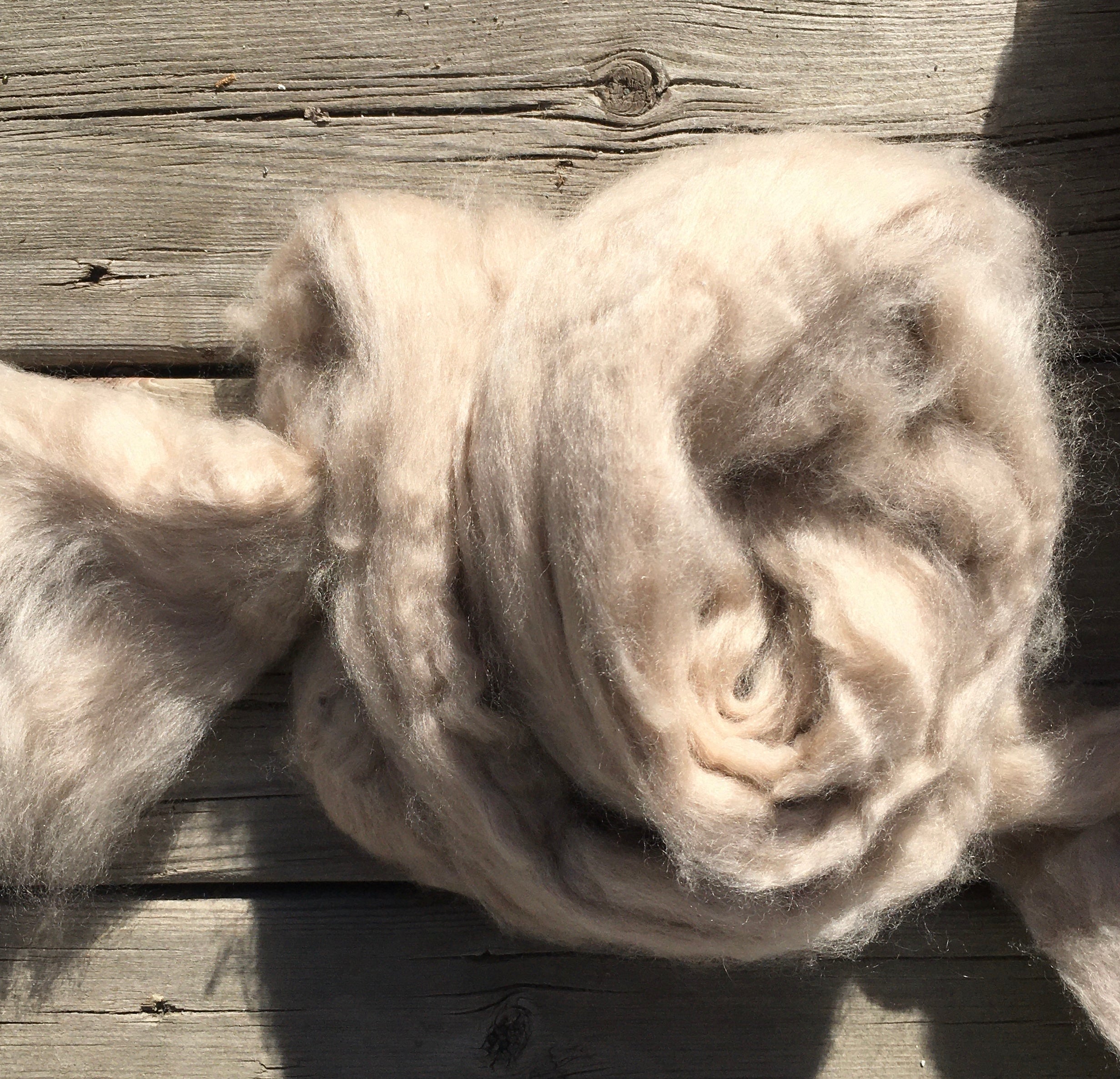Reasons You Need To Need Cashmere a Natural Fiber for Convenience and Beauty in Everyday Put On
In the world of textiles, few fibers match the high-end and convenience of cashmere. Just how can one best make use of cashmere to boost their design? These intriguing questions lay the foundation for an enlightening exploration into the world of cashmere. cashmere fibre.
Comprehending the Lavish Nature of Cashmere

Reviewing the Comfort Element of Cashmere Clothing
Cashmere's special fiber structure allows for breathability, managing temperature level and avoiding getting too hot. Cashmere's hypoallergenic properties likewise add to its convenience, making it an ideal choice for delicate skin. In essence, the comfort of cashmere is acquired from its softness, breathability, durability, hypoallergenic nature, and convenience.

The Ecological Influence and Sustainability of Cashmere
While the convenience and style of cashmere are unquestionably appealing, it's just as crucial to consider its relationship with the environment. Cashmere manufacturing, mostly in Mongolia and China, entails raising cashmere goats, which can dramatically strain delicate meadow environments as a result of overgrazing. This can bring about desertification, a pressing ecological worry. The processing of cashmere, entailing washing and dyeing, can also contribute to water air pollution if not appropriately taken care of. Initiatives are being made to develop lasting cashmere manufacturing approaches, such as rotational grazing and cleaner processing techniques. For this reason, while cashmere has environmental effects, its sustainability mainly depends upon production methods.
Contrasting Cashmere to Synthetic Fibers: A Cost-Benefit Evaluation
Regardless of its ecological challenges, cashmere presents an one-of-a-kind set of benefits over artificial fibers. Cashmere's natural fibers offer unequaled softness and heat, equating right into comfort that artificial fibers have a hard time to match. Unlike synthetic fibers, cashmere doesn't contribute to microplastic contamination, making it a more lasting choice.
Styling Tips With Cashmere for Everyday Sophistication
Having actually considered the cost-benefit evaluation of cashmere contrasted to synthetic fibers, it comes to be Full Report clear why this lavish product is a popular choice for many. When styling cashmere for everyday elegance, simpleness is essential. Eventually, the integral beauty of cashmere makes it a functional enhancement to any wardrobe, easily boosting day-to-day attire with a touch of deluxe.

Conclusion
In enhancement, cashmere's sustainability and lower environmental effect contrasted to see here synthetic fibers better enhance its allure. Investing in cashmere garments is a worthwhile choice for comfort, style, and sustainability.
